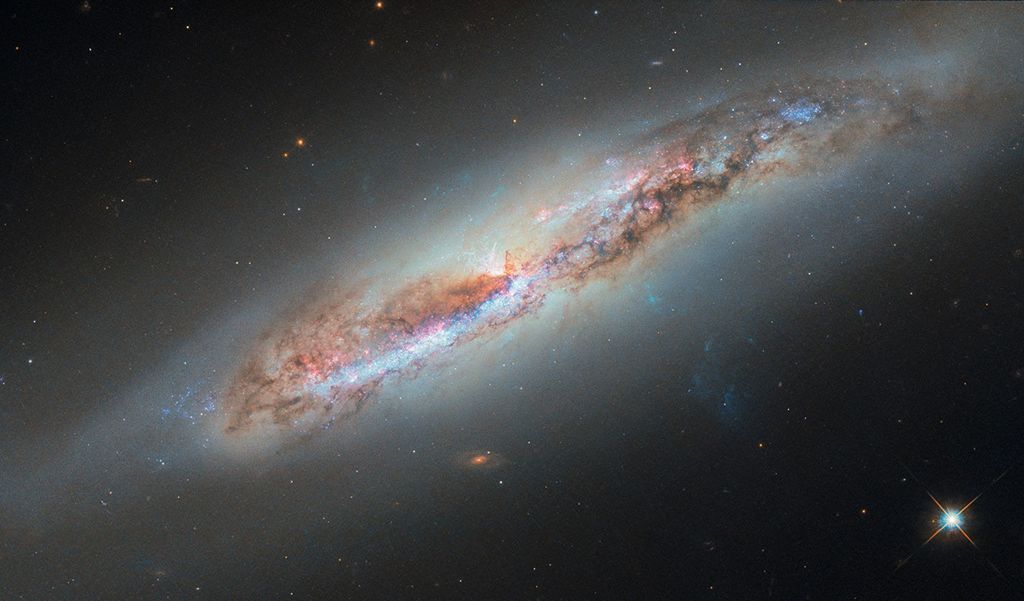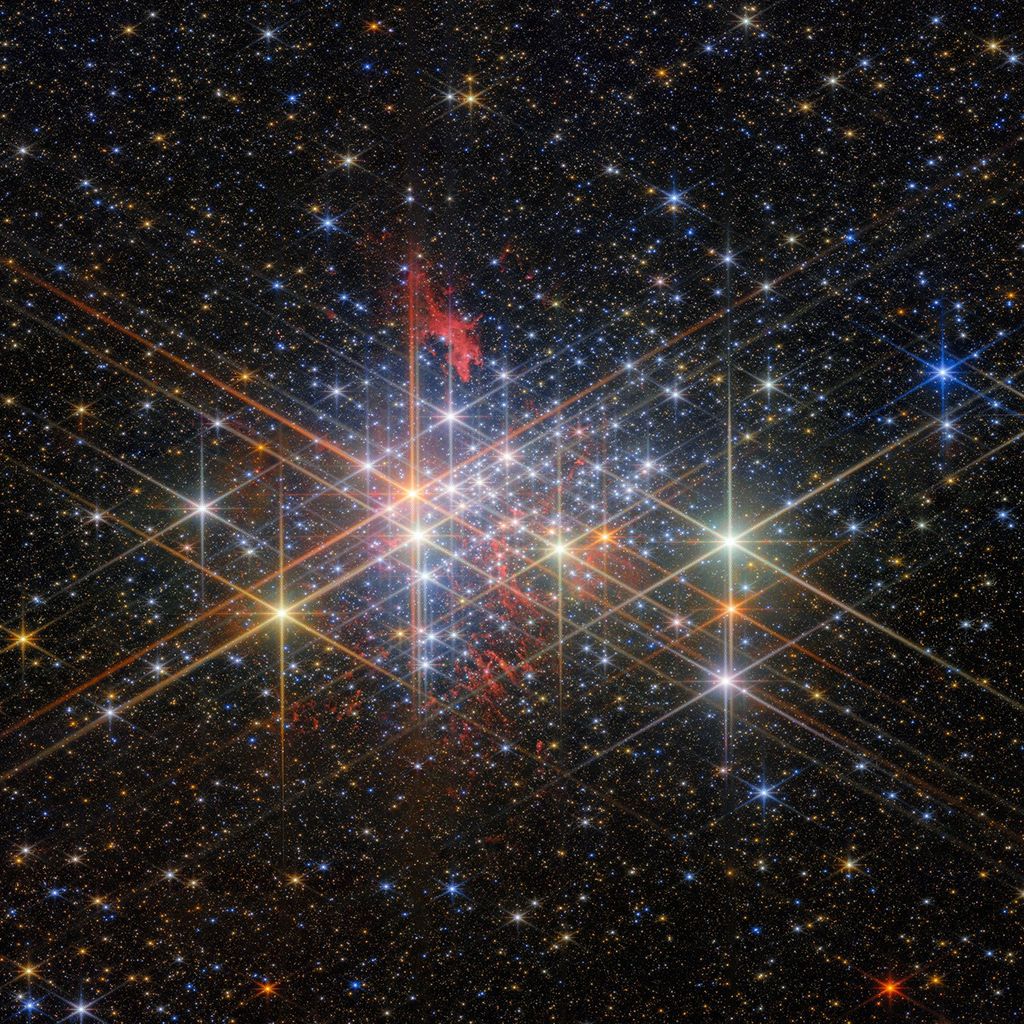Tips & Guides
-
01
How to Photograph a Meteor Shower
Taking photographs of a meteor shower can be an exercise in patience as meteors streak across the sky quickly and unannounced, but with these tips – and some good fortune – you might be rewarded with a great photo.
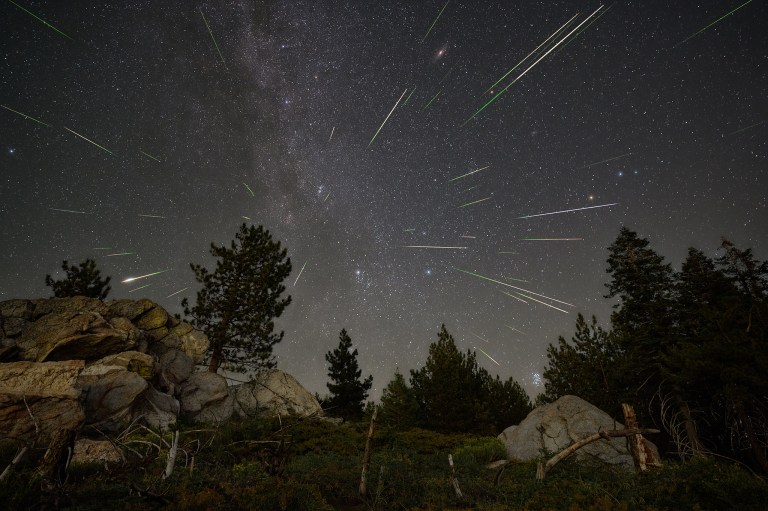 The Perseids Meteor Shower.
The Perseids Meteor Shower. -
02
Binoculars: A Great First Telescope
A first telescope should be easy to use and provide good quality views while being affordable. As it turns out, those requirements make the first telescope of choice for many stargazers something unexpected: a good pair of binoculars!
 Observing the Moon with binoculars in Texas, USA.
Observing the Moon with binoculars in Texas, USA. -
03
How to Find Good Places to Stargaze
If you're hoping to do some skywatching, but you're not quite sure how to find a great spot, we have you covered. Here are some key things to know about how to find the best places for stargazing.
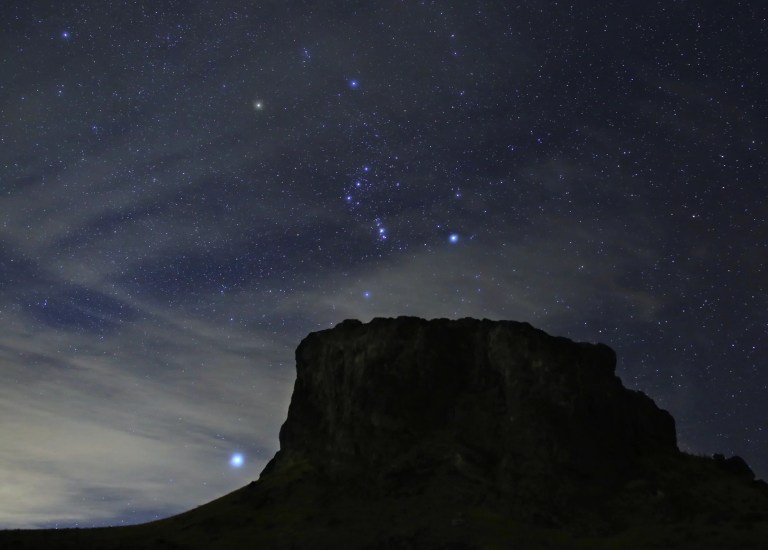 The constellation Orion.
The constellation Orion.
Latest Content
Stay up-to-date with the latest skywatching tips and facts from NASA.
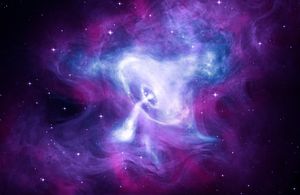
In 2019, Betelgeuse dimmed in brightness, sparking speculation that it may soon explode as a supernova. While it likely won’t explode quite yet, we can preview its fate by observing the nearby Crab Nebula.
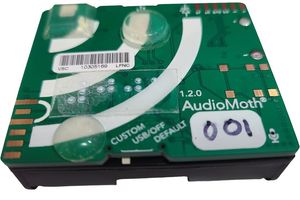
The NASA Science Activation project Eclipse Soundscapes (ES), led by ARISA Lab in Medford, Massachusetts, helps learners of all ages explore NASA science through multisensory learning and participatory science opportunities. In the weeks surrounding the 2023 annular solar eclipse and…

This article shows educators how comets help us learn about the Sun and Space Weather. Connected to educational resources that help K-12+ teachers explain solar wind and space science concepts in simple, engaging ways for students.

The 3I/ATLAS comet makes its closest approach to Earth, the Geminid meteor shower sparkles across the sky, and the Moon and Jupiter get close for a conjunction.
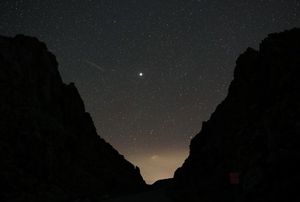
Mars and Mercury will cozy up together in the night sky just after sunset on November 12th. The planets will experience what is known as a conjunction, meaning they appear close together in the sky from our view (even though…

